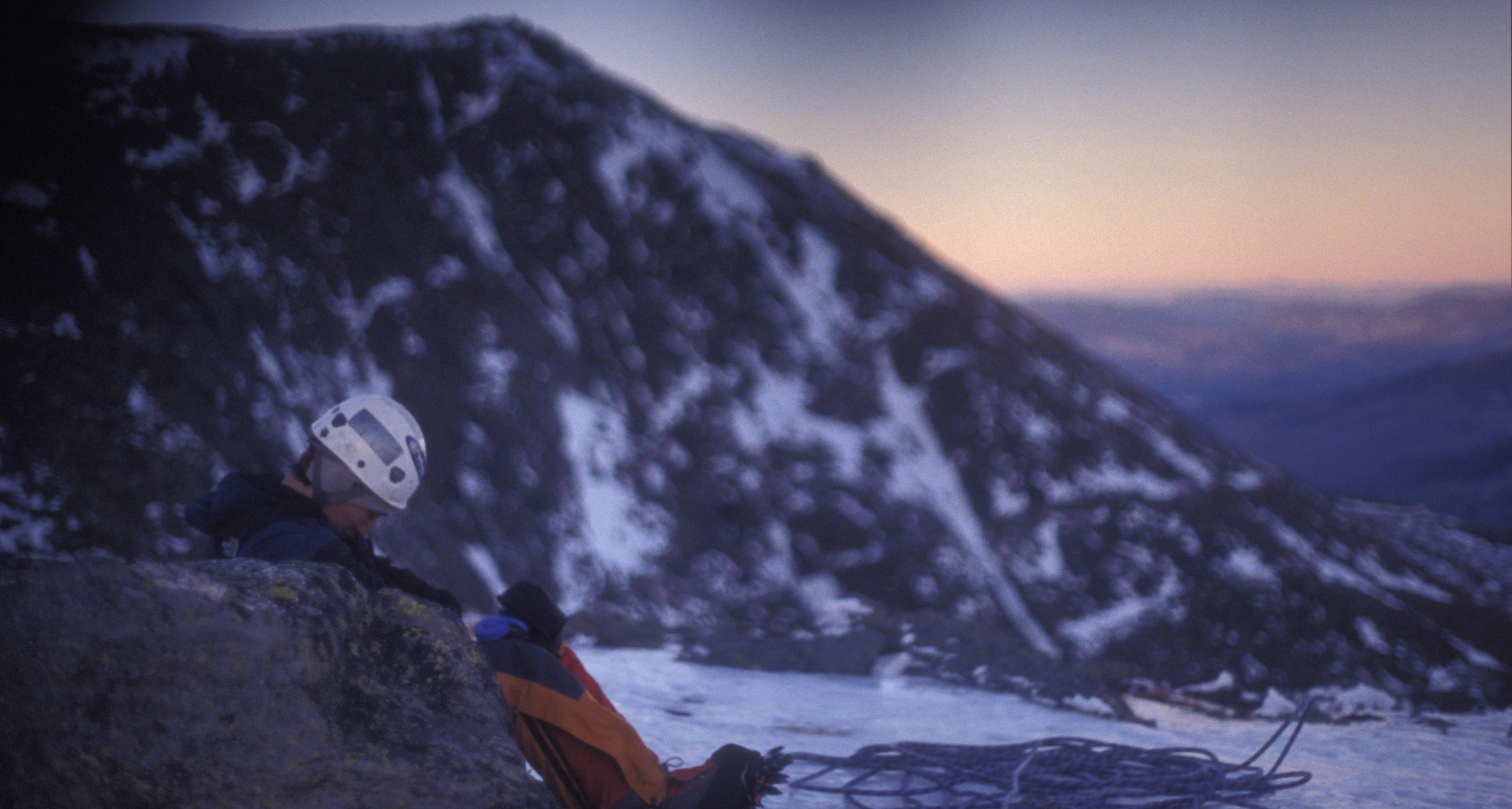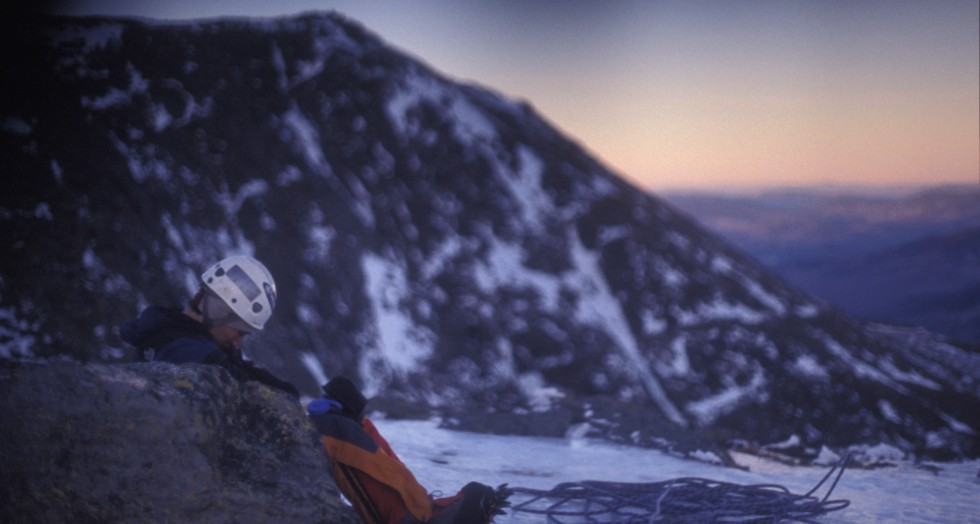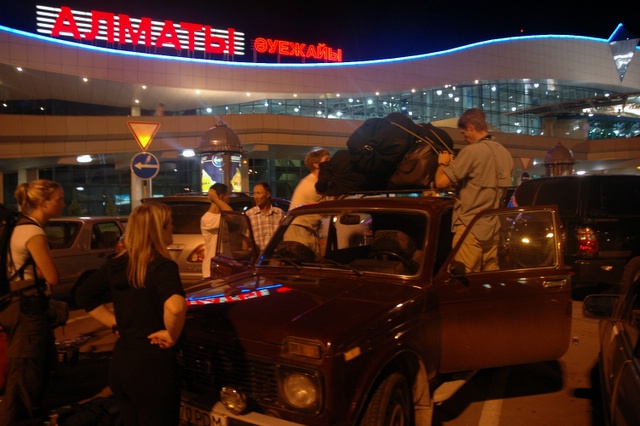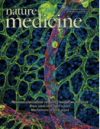 Testing for HIV does not simply end with the diagnosis that the virus is present in a patient; caregivers also need to track the disease’s progress to adjust ongoing treatment. Yet tests for monitoring HIV infection require sophisticated instruments, well-trained clinicians and expensive lab ware. All those are in short supply on HIV’s front line in places such as rural sub-Saharan Africa. “It’s a problem not just of cost,” explains hematologist Helen Lee of the University of Cambridge in the UK. “It’s a problem of having access.” In the last year, stripped-down standalone tests have appeared on the market, offering rural patients a cheaper, faster count of their CD4 immune cells. And in the coming months, a class of tests that measure viral load should enter routine point-of-care use, too, offering caregivers a choice of simple tools for measuring HIV infections.
Testing for HIV does not simply end with the diagnosis that the virus is present in a patient; caregivers also need to track the disease’s progress to adjust ongoing treatment. Yet tests for monitoring HIV infection require sophisticated instruments, well-trained clinicians and expensive lab ware. All those are in short supply on HIV’s front line in places such as rural sub-Saharan Africa. “It’s a problem not just of cost,” explains hematologist Helen Lee of the University of Cambridge in the UK. “It’s a problem of having access.” In the last year, stripped-down standalone tests have appeared on the market, offering rural patients a cheaper, faster count of their CD4 immune cells. And in the coming months, a class of tests that measure viral load should enter routine point-of-care use, too, offering caregivers a choice of simple tools for measuring HIV infections.
Continue reading Point-of-care tests poised to alter course of HIV treatment
All posts by LL
Lithium-Air Batteries Get a Recharge
Lithium, the lightest metal, when paired with oxygen from the atmosphere, makes for a tantalizing partnership in a lightweight battery. In theory, this “lithium-air battery” offers several times the energy per kilogram of today’s lithium-ion batteries. But so far, in laboratory tests the lithium gets distracted by dead-end chemical reactions that prevent the batteries from recharging. A one-shot battery is fine for a wristwatch, but not for a next-generation electric vehicle.
Last month, researchers in Rome and Seoul, South Korea, reported designing a lithium-air battery that did not have the recharging problem, achieving approximately 100 charge and discharge cycles with little capacity loss. And this week, a research team led by chemist Peter Bruce of the University of St. Andrews, in Scotland, reports in the journal Science a differently designed lithium-air battery that reached 100 cycles, losing only 5 percent of its capacity in the process. Bruce says that these recent results show that lithium-air batteries can sustain “a truly reversible reaction.” The group measured the mix of chemicals involved, showing that the lithium was really being recycled through a reversible substance, lithium peroxide (Li2O2), during each charge and discharge. Continue reading Lithium-Air Batteries Get a Recharge
Obituary: Adilet Imambekov
Adilet Imambekov died on Khan Tengri in his tent, I learned today.
I met him through the Harvard Mountaineering Club when he was a physics graduate student and I was an undergraduate. His ambition and willingness to share his mountaineering skills with the rest of us made the club a livelier place those years.
I will m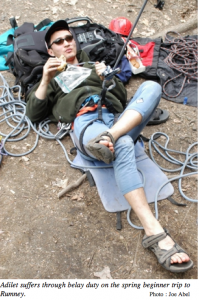 iss him whenever I think of top-roping at Quincy Quarries (he’d climb in mountaineering boots for training), a long sub-freezing vigil he and I once held at the top of Huntington Ravine waiting for George and Chris, and our expedition in Kyrgyzstan. During that expedition he and George put up the crown jewel route on a peak they eventually named Peak of Theoretical Physics. It was all we could do to stop Adilet from naming it for an obscure Russian textbook of quantum mechanics.
iss him whenever I think of top-roping at Quincy Quarries (he’d climb in mountaineering boots for training), a long sub-freezing vigil he and I once held at the top of Huntington Ravine waiting for George and Chris, and our expedition in Kyrgyzstan. During that expedition he and George put up the crown jewel route on a peak they eventually named Peak of Theoretical Physics. It was all we could do to stop Adilet from naming it for an obscure Russian textbook of quantum mechanics.
His parents, older brother, and younger sister hosted us seven Americans on our way through Almaty toward Kyrgyzstan. They met us at the airport in two cars, strapped our overpacked luggage to the roof and ran a shuttle service from the airport to their home from midnight until 3am or so. There they served us a feast I’ll never forget. Even braver, they allowed us to stay there again after three weeks of expedition living.
Later he became a physics professor at Rice University and had two children with his wife. I hope Adilet’s strength is with them now and I wish he was with us still.
Asking the Public for Money
Postdoctoral research fellow David Kipping has often seen other astronomers don smart jackets when attending meetings or giving presentations, especially when they knew that funding powers-that-be would also be there. So before heading to one of his science presentations last year, Kipping pulled on a smart jacket. His next moves, however, were less conventional. He climbed the stairs to the roof of the Perkins building at the Harvard-Smithsonian Center for Astrophysics, pointed his laptop’s video camera at himself and, with the center’s 9-inch Clark telescope dome in the background, made a science sales pitch directly to the public. The video, which appears on YouTube and on the science crowd-funding Web site Petridish.org, raised $12,247. The pitch was to buy and install a small supercomputer, which he would name for the biggest donor, to speed up data processing on a search for moons in other solar systems.
